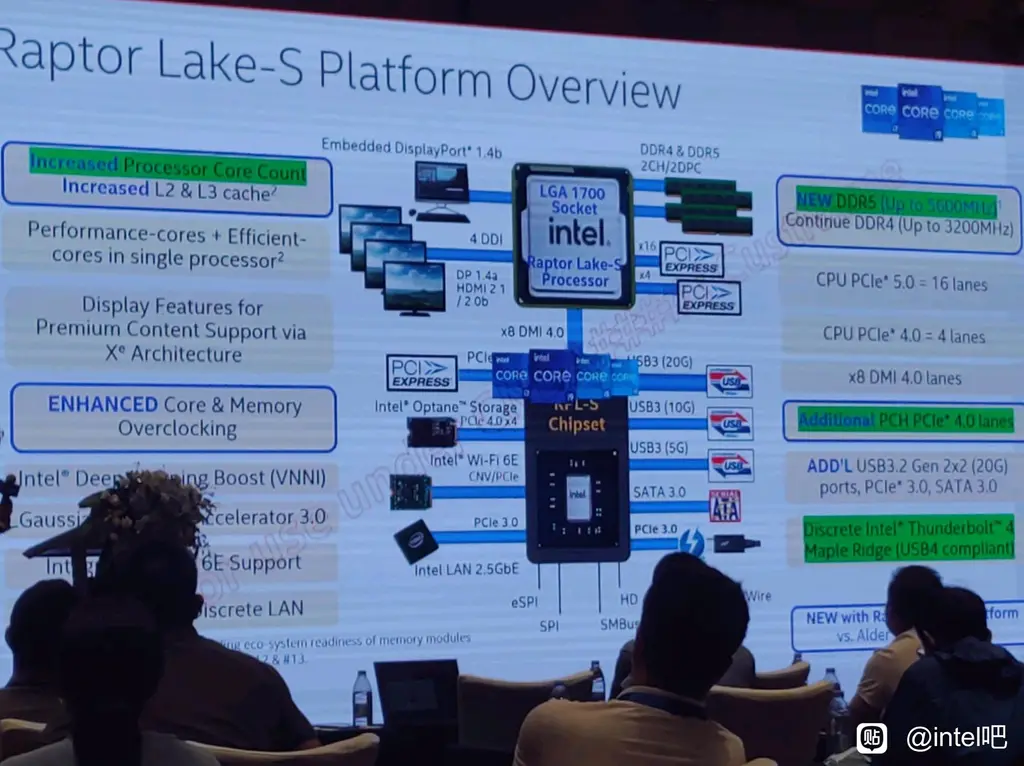当前位置:网站首页>Keras crash Guide
Keras crash Guide
2022-07-05 16:44:00 【Small margin, rush】
Reference resources B Stand Mo fan python
brief introduction
Keras By pure python Based on theano/tensorflow Deep learning framework . Keras It's a high-level neural network API
install
- In the installation Keras Before , It needs to be confirmed that it has been installed Numpy and Scipy.
- because Keras Is based on Tensorflow perhaps Theano Of . So you can install it yourself first Tensorflow perhaps Theano.
- install Keras.
pip3 install keras
compatible
Keras Can be based on two Backend, One is Theano, One is Tensorflow
adopt import keras Inquire about
modify Backend :json- stay python In the code import keras Add an environment variable modification statement before :
import os
os.environ['KERAS_BACKEND']='theano'Return to
Neural networks can be used to simulate regression problems
models.Sequential, It is used to build the neural layer layer by layer ; layers.Dense It means that this neural layer is a fully connected layer .
import numpy as np
np.random.seed(1337) # for reproducibility
from keras.models import Sequential
from keras.layers import Dense
import matplotlib.pyplot as plt # Visualization module
# create some data
X = np.linspace(-1, 1, 200)
np.random.shuffle(X) # randomize the data
Y = 0.5 * X + 2 + np.random.normal(0, 0.05, (200, ))
# plot data
plt.scatter(X, Y)
plt.show()
X_train, Y_train = X[:160], Y[:160] # train front 160 data points
X_test, Y_test = X[160:], Y[160:] # test after 40 data points And then use Sequential establish model, Reuse model.add Add neural layer , Added is Dense Fully connected nerve layer .
Use... During training model.train_on_batch Batch by batch training X_train, Y_train. The default return value is cost
Test the model The function used is model.evaluate
model = Sequential()
model.add(Dense(output_dim=1, input_dim=1))
# choose loss function and optimizing method
model.compile(loss='mse', optimizer='sgd')
# training
print('Training -----------')
for step in range(301):
cost = model.train_on_batch(X_train, Y_train)
if step % 100 == 0:
print('train cost: ', cost)
# test
print('\nTesting ------------')
cost = model.evaluate(X_test, Y_test, batch_size=40)
print('test cost:', cost)
W, b = model.layers[0].get_weights()
print('Weights=', W, '\nbiases=', b)classification
Data preprocessing -
Related to the package
models.Sequential, It is used to build the neural layer layer by layer ;layers.DenseIt means that this neural layer is a fully connected layer .layers.ActivationExcitation function .optimizers.RMSpropThe optimizer usesRMSprop, Accelerating neural network training method .
The first paragraph is to add Dense Nerve layer .32 Is the dimension of the output ,784 It's the dimension of input . The data from the first layer is 32 individual feature, To the excitation unit , The excitation function uses relu function . After the excitation function , It becomes nonlinear data . Then pass this data to the next nerve layer , This Dense We define it as 10 Output feature. Then enter it into the following softmax function , Used to classify .
use RMSprop As an optimizer , Its parameters include learning rate, etc , use model.compile Excitation neural network
# Another way to build your neural net
model = Sequential([
Dense(32, input_dim=784),
Activation('relu'),
Dense(10),
Activation('softmax'),
])
# Another way to define your optimizer
rmsprop = RMSprop(lr=0.001, rho=0.9, epsilon=1e-08, decay=0.0)
# We add metrics to get more results you want to see
model.compile(optimizer=rmsprop,
loss='categorical_crossentropy',
metrics=['accuracy'])CNN
The first is data preprocessing and model Set up . Then add the first convolution , The number of filters is 32, Size is 5*5,Padding The method is same That is, do not change the length and broadband of data .
model.add(Convolution2D(
batch_input_shape=(64, 1, 28, 28),
filters=32,
kernel_size=5,
strides=1,
padding='same', # Padding method
data_format='channels_first',
))
model.add(Activation('relu'))first floor pooling( Pooling , Down sampling ), The length and width of the resolution are reduced by half , Output data shape by (32,14,14)
model.add(MaxPooling2D(
pool_size=2,
strides=2,
padding='same', # Padding method
data_format='channels_first',
))
Add the second convolution layer and pool layer
model.add(Convolution2D(64, 5, strides=1, padding='same', data_format='channels_first'))
model.add(Activation('relu'))
model.add(MaxPooling2D(2, 2, 'same', data_format='channels_first')) After the above processing, the data shape by (64,7,7), You need to flatten the data into one dimension , Then add the full connection layer and output layer . Set up adam An optimization method ,loss function , metrics Method to observe the output
model.add(Flatten())
model.add(Dense(1024))
model.add(Activation('relu'))
model.add(Dense(10))
model.add(Activation('softmax'))
model.compile(optimizer=adam,
loss='categorical_crossentropy',
metrics=['accuracy'])Self encoder

Neural networks need to accept a lot of input information , For example, when the input information is HD picture , The amount of input information can reach tens of millions , It is a hard work to let neural network learn directly from tens of millions of information sources
The self encoder makes the original data white X Compress , decompression Black X, Then by contrasting black and white X , Find out the prediction error , Carry out reverse transmission , Gradually improve the accuracy of self coding
# in order to plot in a 2D figure
encoding_dim = 2 #encoding_dim, Dimensions to be compressed .
# this is our input placeholder
input_img = Input(shape=(784,)) establish encoded and decoded , Reuse autoencoder Put the two together . For training autoencoder
# encoder layers
encoded = Dense(128, activation='relu')(input_img)
encoded = Dense(64, activation='relu')(encoded)
encoded = Dense(10, activation='relu')(encoded)
encoder_output = Dense(encoding_dim)(encoded)
# decoder layers
decoded = Dense(10, activation='relu')(encoder_output)
decoded = Dense(64, activation='relu')(decoded)
decoded = Dense(128, activation='relu')(decoded)
decoded = Dense(784, activation='tanh')(decoded)
# construct the autoencoder model
autoencoder = Model(input=input_img, output=decoded) The next step is to compile the self coding model , The optimizer uses adam, The loss function uses mse.
# compile autoencoder
autoencoder.compile(optimizer='adam', loss='mse')Save extraction
After training the model , You can print the predicted results , Next, save the model .
Only one line of code is needed when saving model.save, Add another name to it and you can use h5 Save the format of .
# save
print('test before save: ', model.predict(X_test[0:2]))
model.save('my_model.h5') # HDF5 file, you have to pip3 install h5py if don't have it
del model # deletes the existing model
"""
test before save: [[ 1.87243938] [ 2.20500779]]
"""
Import model
# load
model = load_model('my_model.h5')
print('test after load: ', model.predict(X_test[0:2]))
边栏推荐
- Solve cmakelist find_ Package cannot find Qt5, ECM cannot be found
- Google Earth Engine(GEE)——Kernel核函数简单介绍以及灰度共生矩阵
- Benji Bananas 会员通行证持有人第二季奖励活动更新一览
- [js] skill simplification if empty judgment
- DeSci:去中心化科学是Web3.0的新趋势?
- 文件操作--I/O
- Dare not buy thinking
- 养不起真猫,就用代码吸猫 -Unity 粒子实现画猫咪
- Do sqlserver have any requirements for database performance when doing CDC
- Explain in detail the functions and underlying implementation logic of the groups sets statement in SQL
猜你喜欢

【组队 PK 赛】本周任务已开启 | 答题挑战,夯实商品详情知识

Benji Bananas 会员通行证持有人第二季奖励活动更新一览
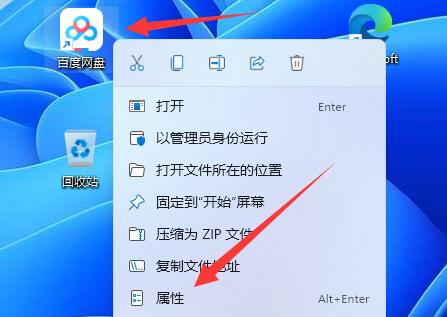
Win11如何给应用换图标?Win11给应用换图标的方法

Benji Banas membership pass holders' second quarter reward activities update list
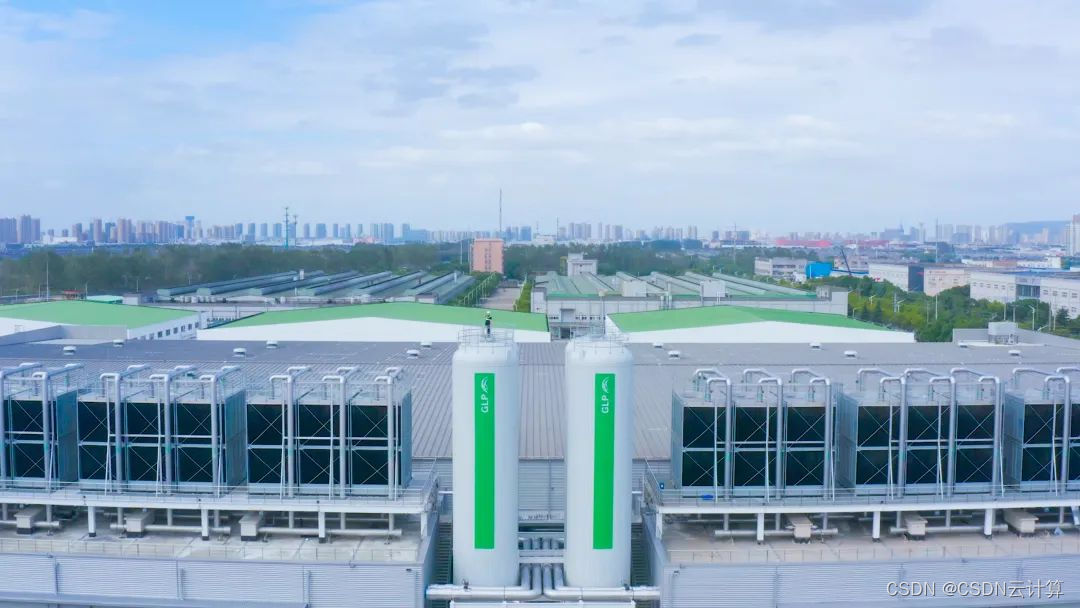
Global Data Center released DC brain system, enabling intelligent operation and management through science and technology
英特尔第13代Raptor Lake处理器信息曝光:更多核心 更大缓存
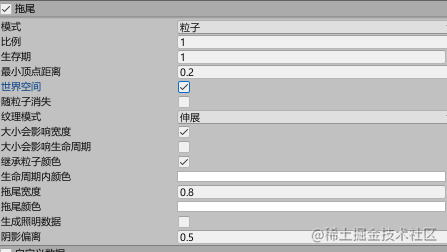
养不起真猫,就用代码吸猫 -Unity 粒子实现画猫咪
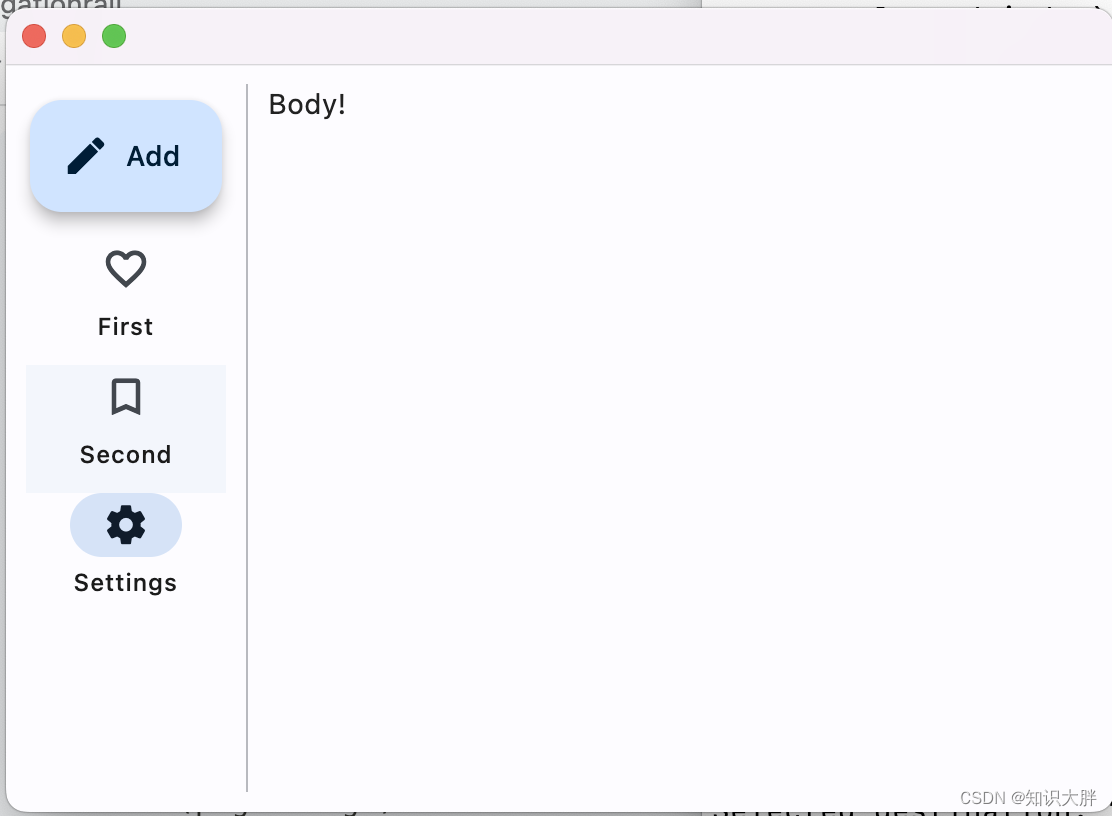
Fleet tutorial 09 basic introduction to navigationrail (tutorial includes source code)
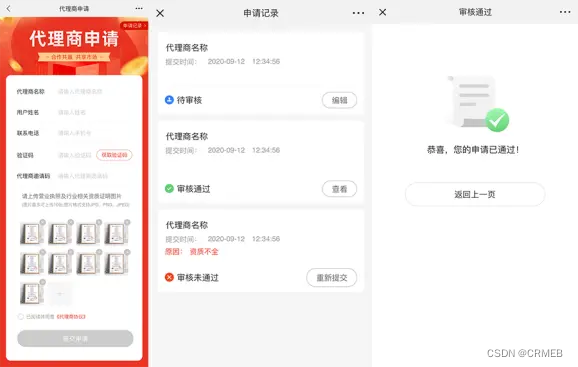
Single merchant v4.4 has the same original intention and strength!

用键盘输入一条命令
随机推荐
StarkWare:欲构建ZK“宇宙”
File operation --i/o
Accès aux données - intégration du cadre d'entité
Mongodb getting started Tutorial Part 04 mongodb client
How to install MySQL
Seaborn绘制11个柱状图
【学术相关】多位博士毕业去了三四流高校,目前惨不忍睹……
利用GrayLog告警功能实现钉钉群机器人定时工作提醒
Cartoon: what is the eight queens problem?
Sentinel flow guard
PHP strict mode
What is the difference between EDI license and ICP business license
PHP 严格模式
Can you help me see what the problem is? [ERROR] Could not execute SQL stateme
面对新的挑战,成为更好的自己--进击的技术er
漫画:什么是八皇后问题?
Pspnet | semantic segmentation and scene analysis
Using graylog alarm function to realize the regular work reminder of nail group robots
Benji Bananas 会员通行证持有人第二季奖励活动更新一览
【漏洞预警】CVE-2022-26134 Confluence 远程代码执行漏洞POC验证与修复过程
